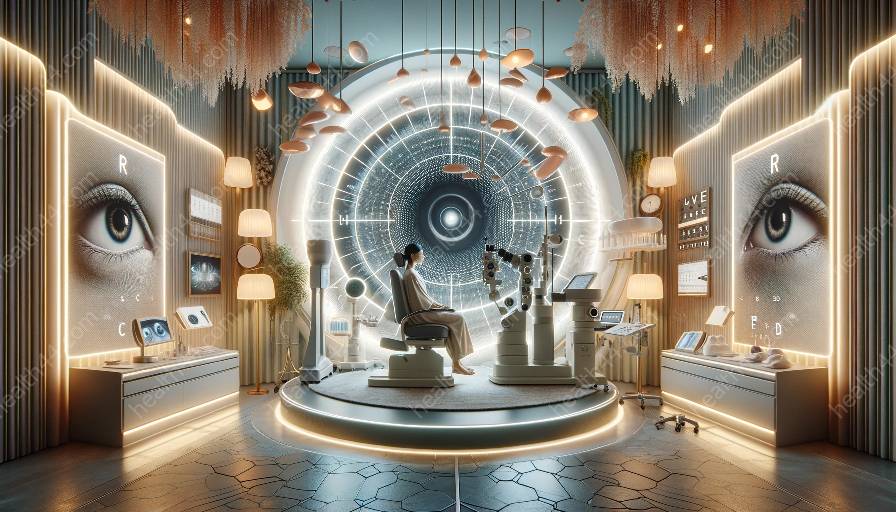Have you ever wondered how visual field defects can influence daily activities? This article delves into the effects of visual field impairments on various aspects of daily living, examines the role of visual field testing in diagnosis and management, and delves into the importance of vision rehabilitation for individuals with visual field defects.
Effects of Visual Field Defects on Daily Activities
Visual field defects can significantly impact an individual's ability to perform daily activities. The visual field is the area that the eye can see at a given moment without moving the head or eyes.
For example, individuals with visual field defects may experience challenges with reading, navigating crowded spaces, driving, participating in sports, and recognizing faces. These difficulties can lead to decreased independence, reduced quality of life, and even safety concerns.
Reading: Visual field defects can make it challenging to read efficiently, as individuals may struggle to follow lines of text or lose their place while reading.
Navigating: Maneuvering through crowded areas or unfamiliar environments can be daunting for individuals with visual field defects, as they may not be able to detect obstacles, people, or signage in their peripheral vision.
Driving: Visual field defects can compromise an individual's ability to drive safely, affecting their awareness of other vehicles, pedestrians, and road signs.
Participating in Sports: Engaging in sports activities may become difficult, as individuals with visual field defects may struggle with tracking moving objects or maintaining spatial awareness.
Recognizing Faces: Social interactions can be challenging as individuals with visual field defects may have difficulty recognizing people or interpreting facial expressions in their peripheral vision.
Diagnosis and Visual Field Testing
Visual field testing is crucial in the diagnosis and monitoring of visual field defects. It involves assessing the full horizontal and vertical range of vision, as well as the sensitivity of the visual field. Various techniques, such as perimetry using devices like the Humphrey Field Analyzer, can detect and quantify visual field loss.
Eye care professionals, such as optometrists and ophthalmologists, use visual field testing to pinpoint the location and extent of visual field defects. This information is essential for determining the cause of the impairment and developing an appropriate management plan.
Regular visual field testing is essential for individuals at risk of developing visual field defects, such as those with glaucoma, retinal disorders, or neurological conditions. Early detection through visual field testing can enable timely intervention to preserve vision and minimize the impact on daily activities.
Vision Rehabilitation for Visual Field Defects
Vision rehabilitation plays a critical role in helping individuals with visual field defects maximize their visual function and regain independence in daily activities. This comprehensive approach addresses the physical, functional, and psychosocial ramifications of visual field impairments.
Strategies and Aids: Vision rehabilitation encompasses the use of magnifiers, specialized glasses, and low vision aids to enhance individuals' residual vision. These tools can facilitate reading, mobility, and other daily tasks, thereby improving overall quality of life.
Orientation and Mobility Training: Individuals with visual field defects receive training to improve their ability to navigate their surroundings safely and confidently. Orientation and mobility specialists impart skills for using tactile cues, auditory signals, and environmental adaptations to enhance spatial awareness.
Activities of Daily Living: Vision rehabilitation programs address specific challenges in activities of daily living, such as cooking, grooming, and managing personal finances. Techniques and adaptive strategies are taught to promote independence and self-reliance.
Counseling and Support: Coping with visual field defects can be emotionally challenging. Vision rehabilitation services provide counseling and support to address the psychological and social aspects of living with a visual impairment, promoting self-esteem and mental well-being.
Conclusion
Visual field defects can have a significant impact on daily activities, affecting reading, navigating, driving, participating in sports, and social interactions. Visual field testing is essential for diagnosis and management, enabling timely intervention to preserve vision. Vision rehabilitation programs offer a holistic approach to help individuals with visual field defects improve their functional abilities and enhance their quality of life.





















